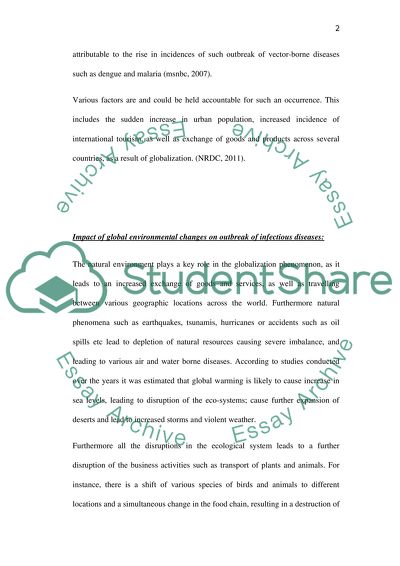Cite this document
(“Global Warming: Dengue Research Paper Example | Topics and Well Written Essays - 2500 words”, n.d.)
Retrieved from https://studentshare.org/nursing/1425376-global-warming-dengue
Retrieved from https://studentshare.org/nursing/1425376-global-warming-dengue
(Global Warming: Dengue Research Paper Example | Topics and Well Written Essays - 2500 Words)
https://studentshare.org/nursing/1425376-global-warming-dengue.
https://studentshare.org/nursing/1425376-global-warming-dengue.
“Global Warming: Dengue Research Paper Example | Topics and Well Written Essays - 2500 Words”, n.d. https://studentshare.org/nursing/1425376-global-warming-dengue.


